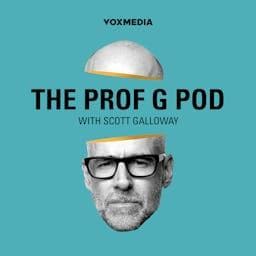
Sign up to save your podcasts
Or



By Digiday





4.4
103103 ratings



The podcast currently has 609 episodes available.










The podcast currently has 609 episodes available.

1,285 Listeners

4,338 Listeners

1,641 Listeners

553 Listeners

7 Listeners

256 Listeners

1,450 Listeners

77 Listeners

289 Listeners

351 Listeners

6,089 Listeners

5,596 Listeners

497 Listeners

365 Listeners

202 Listeners

57 Listeners

89 Listeners